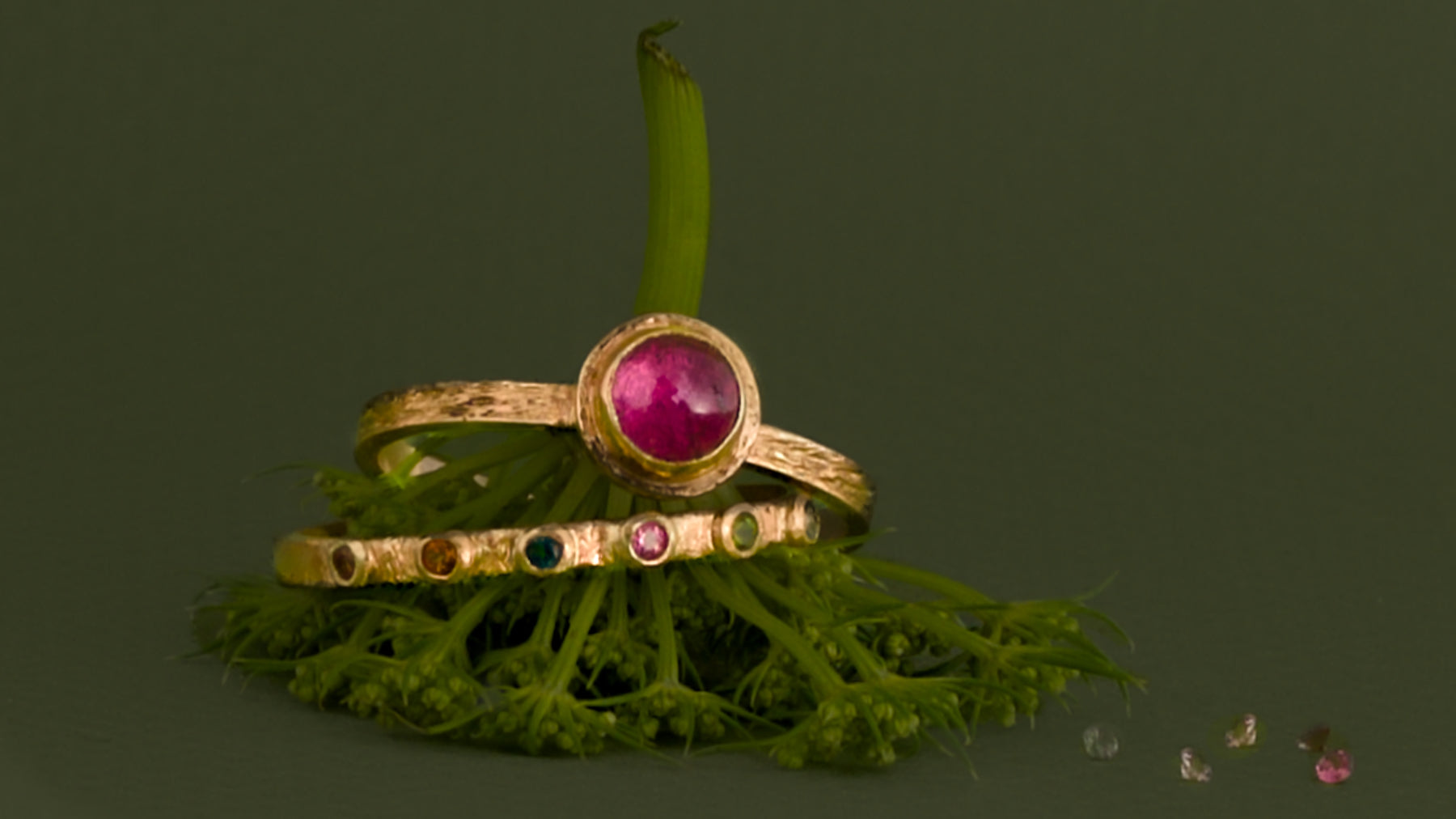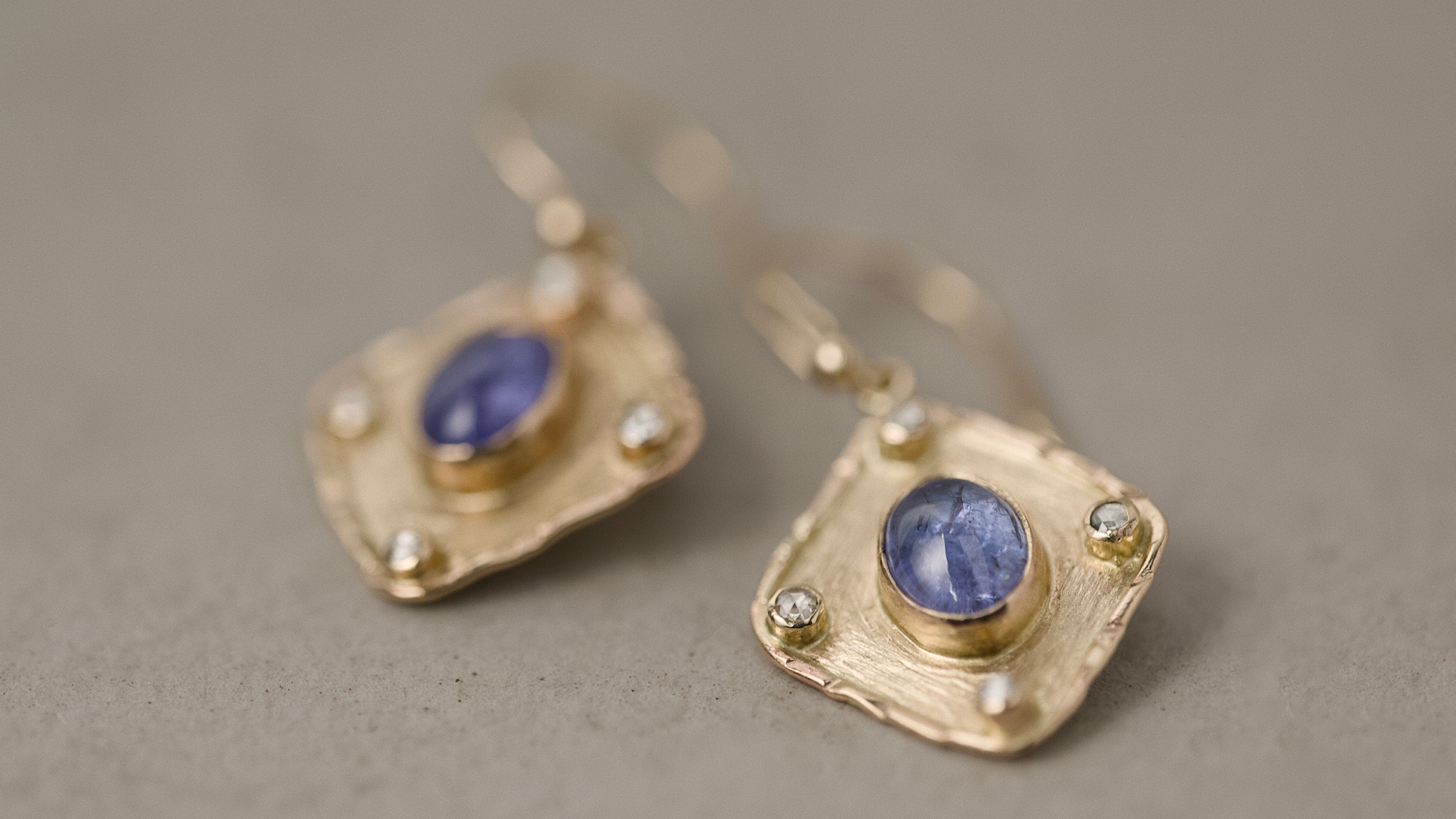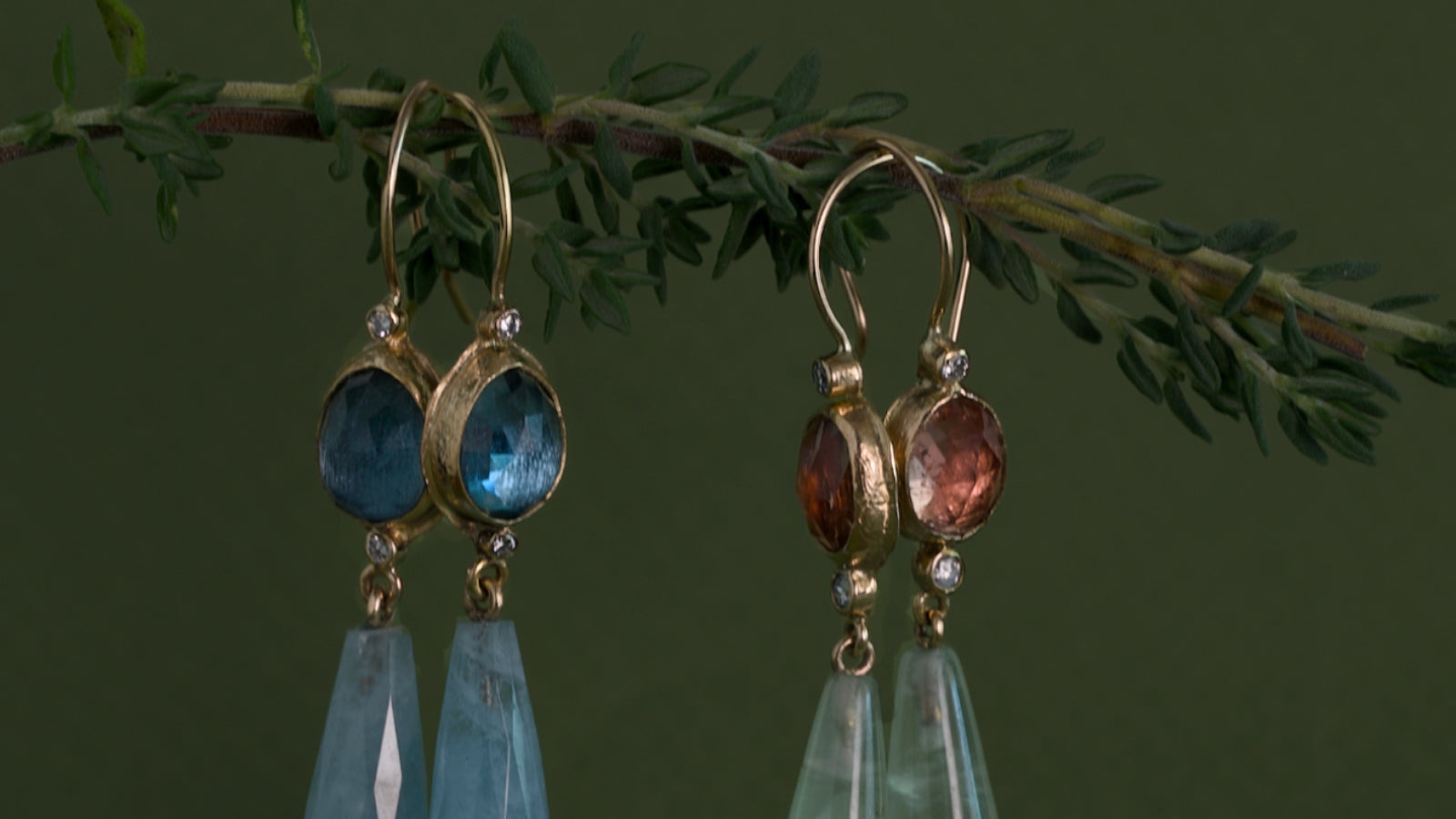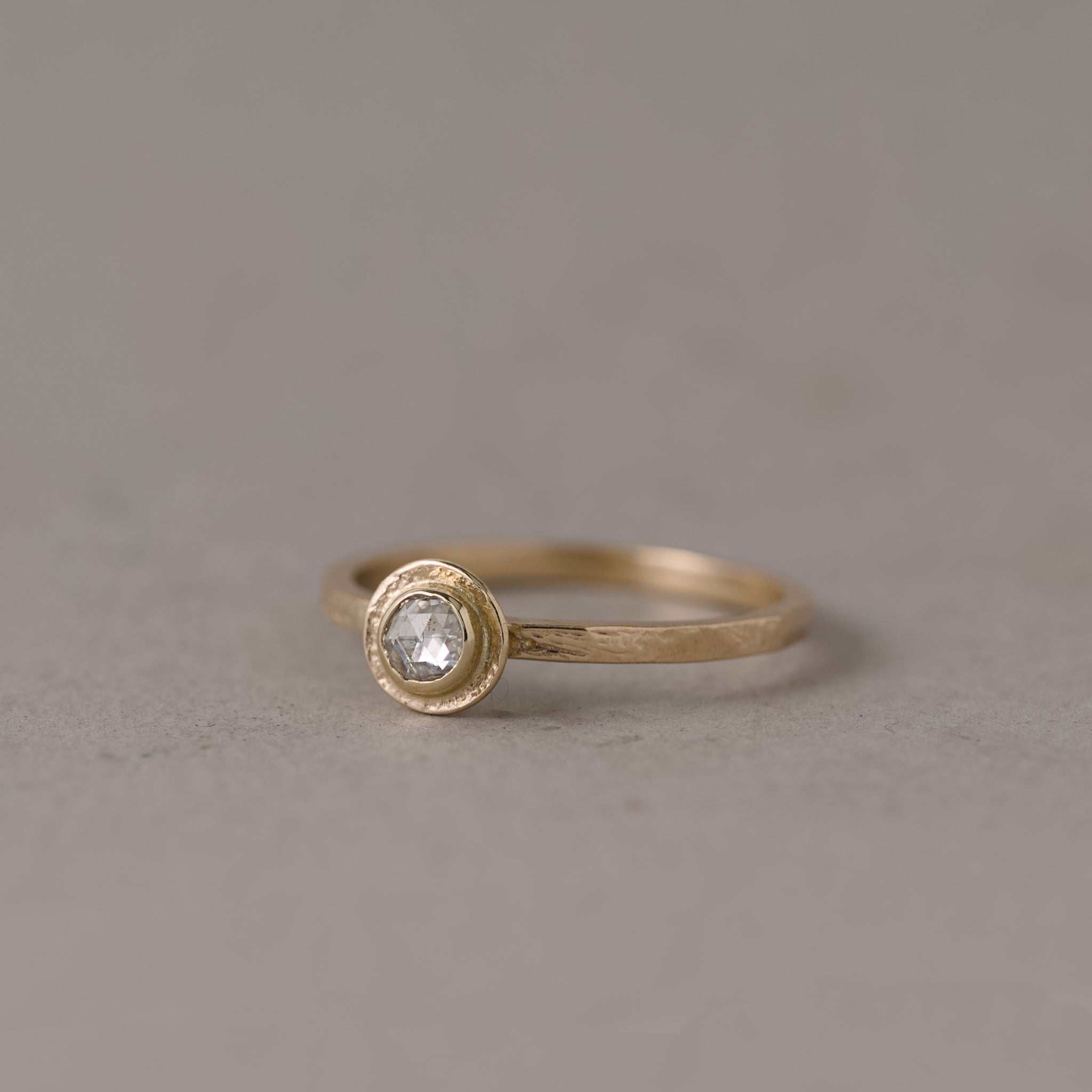
After the rainbow riot of colourful tourmaline in October, Nature & Man settles with dominant golden & celestial hues in November's birthstone: Topaz.
This sun & sky gemstone is just behind sapphire & diamond on the Moh's hardness scale (8) making it ideal for everyday jewellery wear. The blues are an ideal substitute for sapphire and golden topaz is a worthy replacement for the other November birthstone, citrine.
Colourless topaz is also an excellent substitute for diamond and while rarer, pink topaz is also sought after.
It is no wonder this versatile and durable gemstone is used extensively in rings, bracelets, earrings and pendants.
"Topaz surprisingly got confused with Peridot"
Most authorities agree that the name topaz comes from Topazios, the old Greek name for a small island in the Red Sea, now called Zabargad (pictured below). Pliny noted it as a source of topaz. The island never produced topaz, as the green topaz found was actually peridot, which was confused with topaz before the development of modern mineralogy.) Some scholars trace the origin back to Sanskrit (an ancient language of India) and the word topas or tapaz, meaning “fire.”

The ancient Greeks believed that topaz gave them strength. In Europe during the Renaissance (the period from the 1300s to the 1600s) people thought that topaz could break magic spells and dispel anger. For centuries, many people in India have believed that topaz worn above the heart assures long life, beauty, and intelligence.
"Imperial Topaz as its name implies has royal origins"
The name for imperial topaz originated in nineteenth-century Russia. At the time, the Ural Mountains were topaz's leading source, and the gemstone mined there was named to honor the Russian czar. Ownership of the gem was restricted to the royal family. It was thought to attract wealth and abundance.
This golden topaz mostly from Brazel has many hues ranging from deepest peach to a golden tan and often untreated. The addition of inclusions and flaws makes this gemstone far more interesting than citrine (the other November birthstone) which is softer and more mono coloured.

"Swiss Blue & London Blue Topaz, the bluest of the blues"
While sapphire tends to come to mind first when thinking of blue gemstones, the expense of larger sapphires has made it beyond reach for many. Enter the blue topazes, where their gorgeous colour has the bonus of being very affordable to own a decent sized stone.
The lightest blue topaz is a very pale blue, similar to aquamarine. Swiss Blue is the bright blue topaz reminiscent of a summer sky, more intensely saturated and its tone is also a true blue. London Blue is a deep inky blue which can have overtones of grey, it is moody and introspective, its dramatic colour making it the most popular blue gemstone.

"the largest natural blue topaz is 9361cts and weighs 2kg"
Essentially priceless, it is the words largest flawless natural blue topaz (think rugby ball). It was discovered in the mid 1980's by Polish man Max Ostro. His extraordinary life included escaping the Nazis, leaving a communist Poland for South America & and braving the perils of the Amazon rainforest in Brazil in his quest for beautiful gemstones. It now has a place in the National History Museum in London.
"Lets talk heat/irradiation treatment"
Almost all blue topaz is irradiated and/or heat treated. Colourless topaz is irradiated and heat treated to produce the blue colours of topaz and has been used since the 1970s. The Swiss blue and London blue colours are the result of different irradiation methods. Pale yellow topaz also under goes irradiation or heat treatment to intensify the colour.
Is this good you may well ask?
Firstly there are no gemological tests available that determines whether the colour of topaz is natural or the result of treatment. So assume any topaz you will buy is going to have heat treatment and/or irradiation. No, they are not radioactive and the heat gives the colour stability and its famous blue colour, no fading!
It is accepted in the gem world that any treatment of stones that increases their stability and stabilises their colour is a good thing. What is not good is when other substances are introduced into gemstone which makes the stone weaker and substantially changes its nature. Glass filling is an example and is detectable though gemological tests. Heat treatment has been used on gemstones for centuries so can be argued as a legacy process in producing gemstones for jewellery making.
The other view is sustainability. Gemstones are mined, so is colourless topaz to be simply discarded because it is not a desirable colour or do you use that source to make beautiful colours. I would argue to use the whole stone. Topaz is such an abundant, high clarity stone, it seems a pity not to use it because the colour is undesirable. It is hard and facets beautifully often with exceptional clarity combined with gorgeous colours which makes it a worthy addition to any collection.

Read more

If you were born in October you are fortunate indeed – your birthstone is tourmaline, one of the most versatile and dazzling gems in the mineral kingdom. Each colour carries its own resonance, mak...

50 years young Tanzanite caused a ripple in the gemstone world when it was discovered in 1967, filling a gap in the colour spectrum not previously covered by any other gemstone: violet. Even more...

